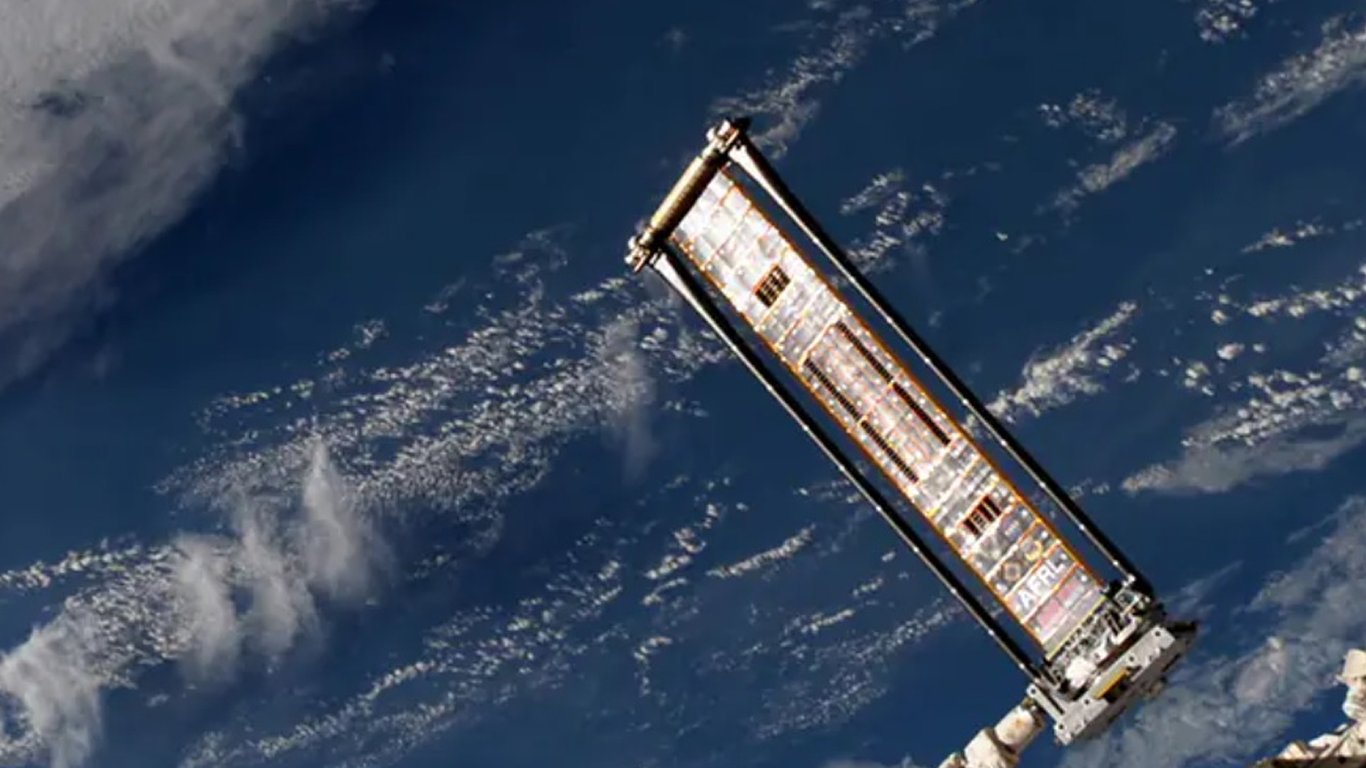Solar Energy on the Moon - How New Energy Technologies Will Change NASA Missions.


An American company, Redwire Corporation, based in Florida, has successfully completed initial testing of its innovative Roll-Out Solar Arrays (ROSA). These panels could become the primary source of energy for NASA's future lunar station - Lunar Gateway.
ROSA panels are distinguished by their compactness and power, capable of generating up to 60 kW of electricity. This level of performance may make them a key source of energy in space.
The New Generation of Solar Panels: No Noise, Just Roll-Out
Instead of electric motors, ROSA uses composite beams that automatically deploy the panels after launch. This innovative approach changes the perception of creating energy sources for space.
Power in Every Cubic Meter: Technical Specifications of ROSA
- Energy density - 40 kilowatts per cubic meter.
- Power-to-weight ratio - 100-120 W per kilogram.
- Power of one wing - 60 kW.
These technical parameters make ROSA a key component of the next generation of space infrastructure, where every kilogram matters.
To the Moon - Not Through the White House: Political Risks for Gateway
The NASA Lunar Gateway orbital station, which is set to orbit the Moon, has faced the possibility of cancellation due to financial constraints. However, as of now, Gateway remains within the Artemis program framework, with a launch planned for 2027.
Collaboration Between NASA, Maxar, and Redwire: The Chain to the Moon
NASA has chosen Maxar Technologies to create the energy and propulsion module for Gateway, while Redwire is responsible for manufacturing the ROSA panels. The launch is scheduled for 2025.
Why It Matters: Not Just Panels, But a Key to Distant Space Travel
ROSA opens new possibilities for the development of crewed missions in space, where the autonomy and efficiency of energy sources are crucial. This technology could serve as a prototype for future systems in the Solar System.
How It Changes the Game: Prospects for 2030
ROSA could replace traditional solar panels, opening new opportunities for the development of space infrastructure. Their performance and compactness will allow them to be used in various objects in space.
'These ROSA are a real breakthrough that will elevate crewed flights to a new level,' commented Redwire President Adam Biscayner.Following the successful completion of testing the ROSA solar panels by Redwire Corporation, this new technology could usher in a new era in energy source utilization in space. ROSA could become a key component of future space infrastructure, providing efficiency and autonomy in crewed missions.
Read also
- How Heat Really Threatens Electric Vehicles
- Affordable Used Crossovers to Avoid
- Why you shouldn't charge one power bank from another power bank
- The electric crossover has been recognized as the Car of the Year
- Revolution in Chemistry — Scientists Have Invented a New Method for Producing Ammonia
- 6 settings to enhance images on Samsung televisions








